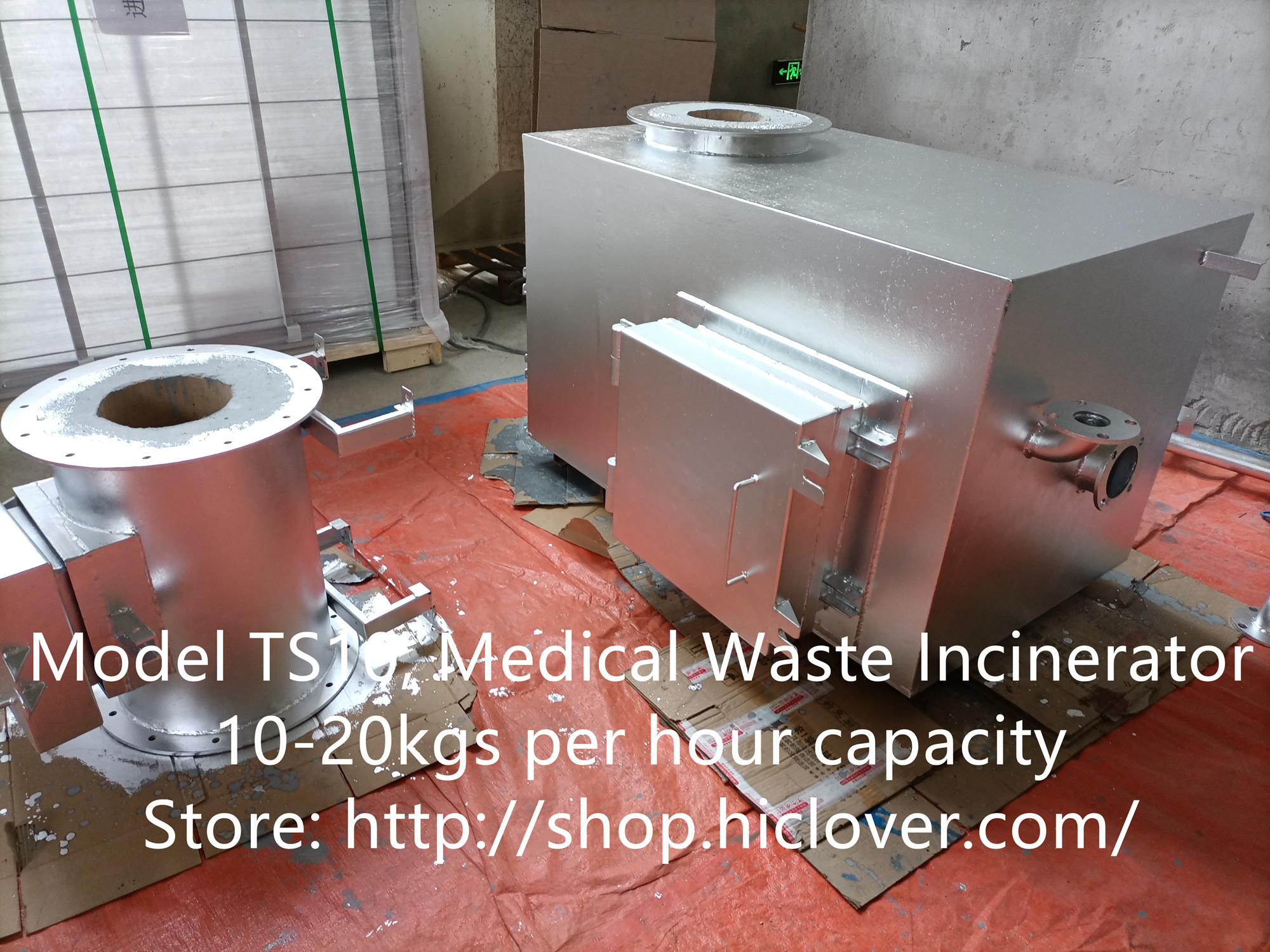Hospitals produce a large amount of waste on a daily basis, including medical, hazardous, and general waste. Proper management of this waste is crucial for the safety and well-being of patients, staff, and the environment. One effective method for managing hospital waste is through the use of incinerators. Incineration is a process that involves the controlled burning of waste at high temperatures, resulting in the reduction of waste volume and the destruction of harmful pathogens.
When it comes to managing hospital waste with incinerators, there are several best practices that should be followed to ensure maximum efficiency and safety.
First and foremost, it is important to segregate different types of waste at the source. Medical, hazardous, and general waste should be separated to prevent cross-contamination and ensure that each type of waste is disposed of properly. This can significantly reduce the risk of exposure to harmful substances and pathogens.
Additionally, it is essential to train staff on the proper handling and disposal of waste. Staff members should be educated on the different types of waste and how to segregate them effectively. Proper training can help prevent accidents and ensure that waste is managed in accordance with regulatory guidelines.
Regular maintenance and monitoring of incinerators are also critical best practices for managing hospital waste. Incinerators should be inspected and serviced regularly to ensure that they are functioning properly and meeting environmental standards. Monitoring the temperature and emissions from the incinerator is essential to ensure that it is operating safely and efficiently.
Furthermore, it is important to establish a waste management plan that outlines the procedures for handling, storing, and disposing of waste. This plan should detail the steps for waste segregation, transportation, and treatment, as well as the responsibilities of staff members involved in the process.
Proper record-keeping is another best practice for managing hospital waste with incinerators. Keeping detailed records of the types and quantities of waste generated, as well as the incineration process, can help hospitals track and report their waste management activities. This can also aid in identifying areas for improvement and compliance with regulatory requirements.
Finally, hospitals should consider implementing waste reduction and recycling initiatives to minimize the amount of waste that needs to be incinerated. This can include practices such as reusing materials, reducing packaging waste, and recycling items like paper, plastic, and glass.
In conclusion, managing hospital waste with incinerators requires a comprehensive approach that includes proper segregation, staff training, regular maintenance, waste management planning, record-keeping, and waste reduction efforts. By following these best practices, hospitals can effectively manage their waste in a safe and environmentally responsible manner. This not only protects the health and safety of patients and staff but also reduces the impact of hospital waste on the environment.



